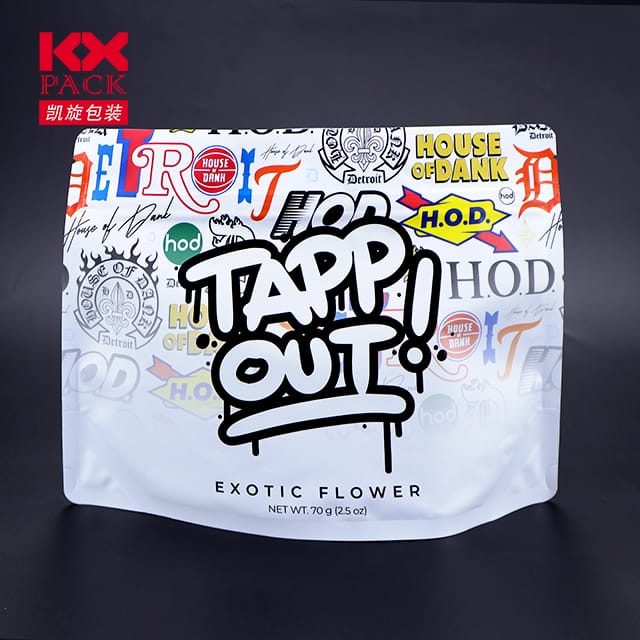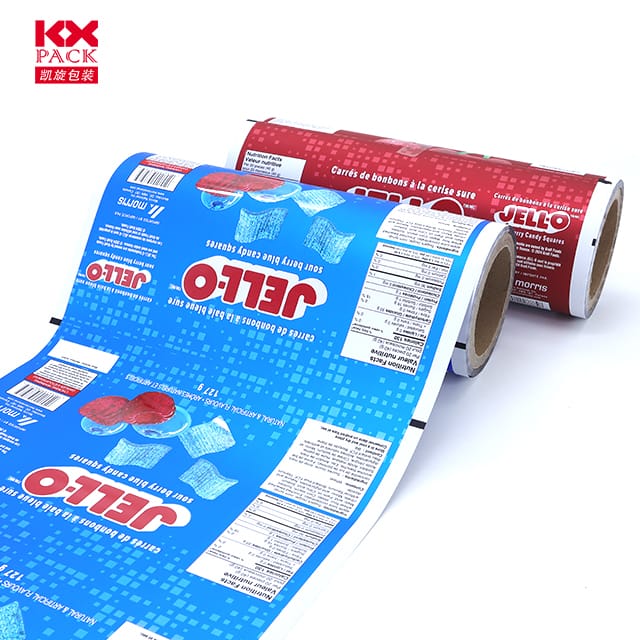Революциониране на свежестта: Бъдещето на опаковките на хранителни филми в 2025
Опаковка на хранителни филми
In an era where sustainability meets innovation, Опаковката на хранителни филми е претърпяла трансформативна смяна. Вече не е просто бариера срещу замърсяване, Съвременните хранителни филми са проектирани за удължаване на срока на срока, намаляване на отпадъците, и дори да засили опита на хранене - всички, като същевременно свежда до минимум въздействието върху околната среда. Let’s explore the cutting-edge trends and technologies reshaping this essential industry.
1. Интелигентно опаковане: The Next Frontier in Food Safety
Imagine a Опаковка на хранителни филми that changes color when food spoils or releases antioxidants to slow degradation. Welcome to the age of smart food packaging!
- Time-Temperature Indicators (Татко): These labels react to temperature fluctuations, alerting consumers if perishables like meat or dairy have been exposed to unsafe conditions.
- Freshness Sensors: Embedded sensors detect gases (e.g., ammonia from spoiled fish) and trigger visual changes, ensuring food safety before consumption.
- Активна опаковка: Опаковка на хранителни филми infused with natural compounds like rosemary extract or vitamin C actively combat oxidation, keeping fruits and vegetables crisp longer.
Пример: Компании харесватMitsubishi Gas Chemical иInsignia Technologies are pioneering these solutions, with products already in use for premium seafood and meat packaging.
2. Sustainability Takes Center Stage
With global plastic waste soaring, the demand for eco-friendly alternatives has never been higher. Ето как реагира индустрията:
- Биоразградими филми: Made from plant-based materials like cassava starch, cellulose, or algae, these Опаковка на хранителни филмиs decompose naturally within months, unlike traditional plastics.
- Edible Packaging: Иновации като seaweed-based wrappers (used by brands like Тетрадка) или fruit peel-inspired films eliminate waste entirely.
- Рециклирано съдържание: Brands are incorporating post-consumer recycled (PCR) plastics into films, reducing reliance on virgin materials.
Stat Alert: The global biodegradable food packaging market is projected to grow at12.8% CAGR through 2030, driven by consumer demand for greener options.
3. Advanced Barrier Technologies: Keeping Food Fresher, Longer
Модерен Опаковка на хранителни филми are engineered to tackle specific challenges:
- Oxygen Scavengers: Films with built-in oxygen absorbers prevent oxidation, идеален за закуски, кафе, and nuts.
- Moisture Control: Multi-layer films with hydrophobic coatings protect dry goods like cereals from humidity.
- UV Blocking: For light-sensitive products like beer or oils, films with UV inhibitors maintain quality during storage and transport.
Казус: Amcor's high-barrier laminates for cheese packaging reduce oxygen transmission by 99%, extending shelf life by up to 50%.
4. Customization for Every Need
From single-serve snacks to bulk industrial packaging, flexibility is key:
- Printable Films: High-resolution printing allows brands to create eye-catching designs while maintaining functionality.
- Resealable Features: Zippers or adhesive strips enhance convenience for consumers, reducing food waste from partially used products.
- Thermoformable Films: These adapt to irregular shapes, perfect for packaging fresh produce or ready-to-eat meals.
Trend Alert: The rise ofe-commerce grocery has spurred demand for puncture-resistant films that withstand shipping while keeping contents intact.
5. The Role of Nanotechnology
Nanomaterials are unlocking new possibilities:
- Nano-coatings: Ultra-thin layers improve barrier properties without adding bulk, making films lighter and more efficient.
- Antimicrobial Films: Silver or zinc oxide nanoparticles inhibit bacterial growth, extending the life of perishables like meat and bread.
Research Spotlight: А 2024 study found that nano-silver-coated films reducedд. coli contamination in packaged lettuce by 99.9% over 14 дни.
Challenges and the Road Ahead
Въпреки напредъка, hurdles remain:
- Разходи: Biodegradable materials are often pricier than conventional plastics, though economies of scale are narrowing the gap.
- Образование на потребителите: Many remain unaware of recycling guidelines for compostable films, leading to contamination in waste streams.
- Regulatory Hurdles: Approvals for new materials vary by region, slowing global adoption.
Окончателни мисли
Food film packaging is no longer just about wrapping—it’s a dynamic field where science, устойчивост, and design converge. As brands prioritize circular economy principles and consumers demand transparency, the future of packaging looks brighter (and greener) than ever.
Ready to make a switch? Look for certifications likeOK Compost илиTÜV Austria when shopping for eco-friendly options, and support companies investing in innovation.
What’s your take on food packaging’s future? Споделете мислите си по -долу! 🌱📦





